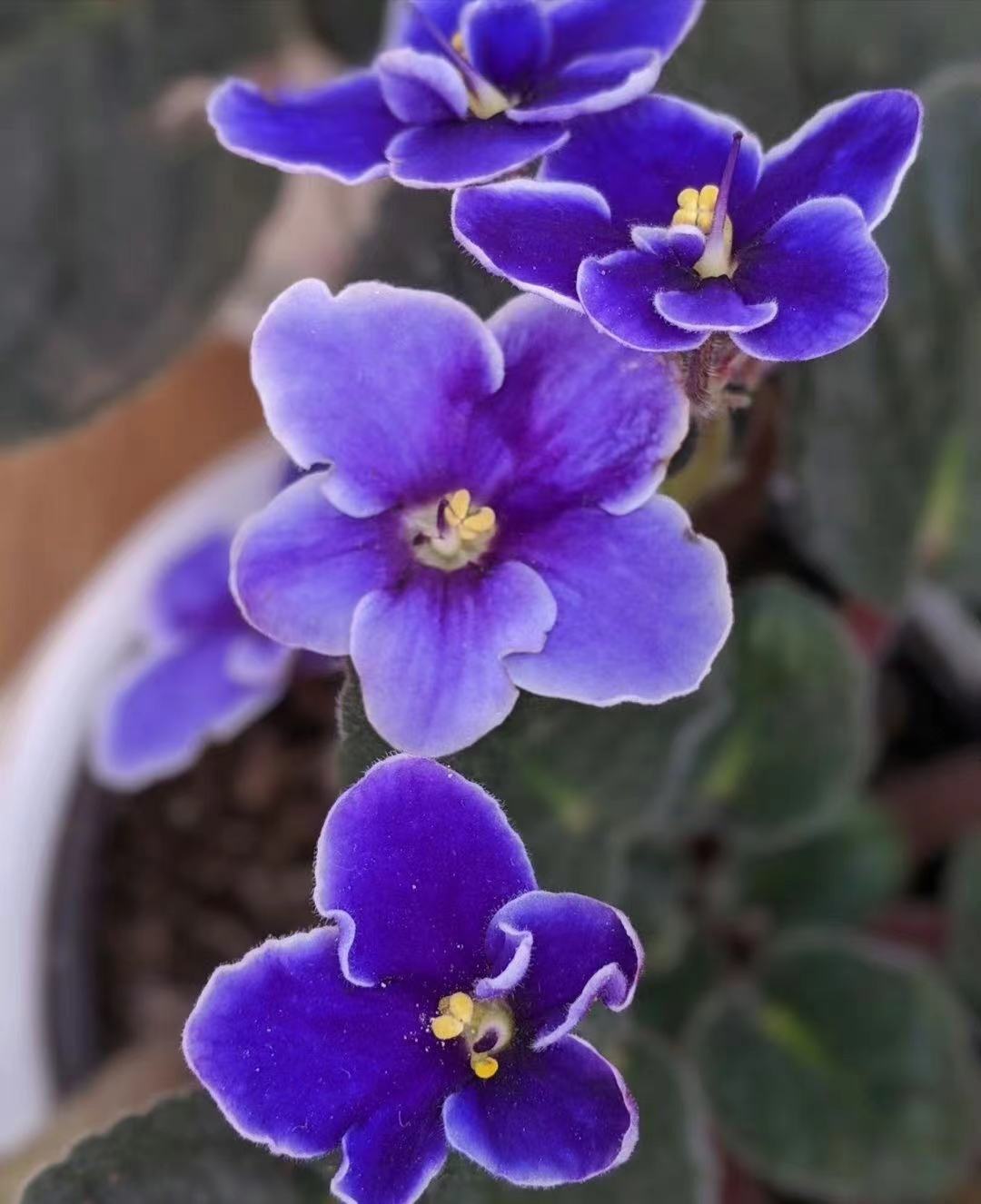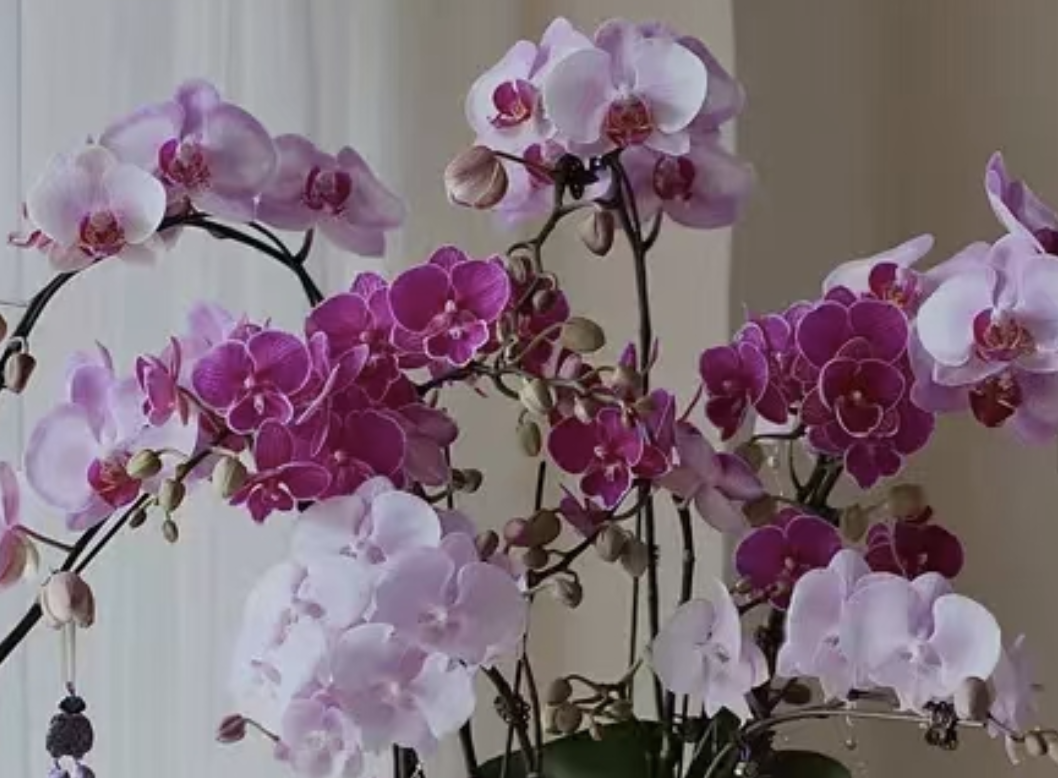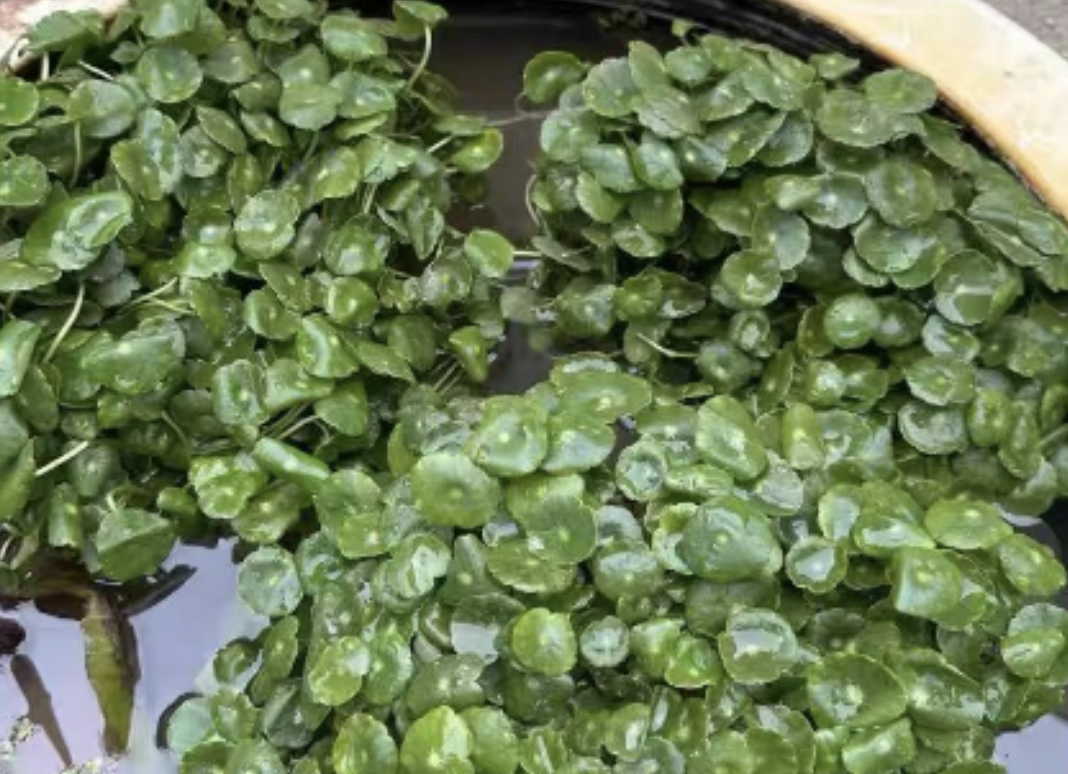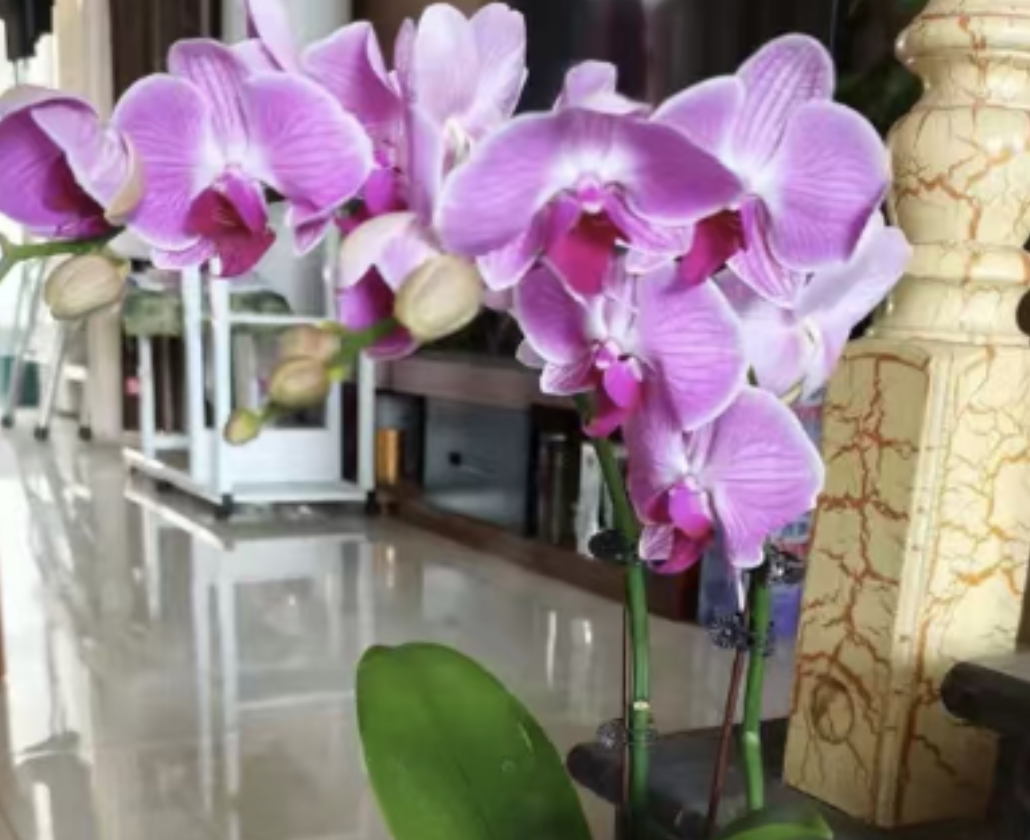In South China, the hot climate and abundant sunlight endow this land with unique natural conditions. Here are several heat-tolerant and sun-loving flowers suitable for planting in South China.
Ixora
Ixora, also known as 仙丹花,is a common tropical flower. Its flowers are small and exquisite, clustered into spherical shapes, and the flower colors are bright and rich, including red, orange, yellow, etc. Ixora is heat-tolerant and sun-loving, adapting to the high-temperature climate in South China. It has a long flowering period and can bloom almost all year round. In the courtyards, parks and both sides of the streets in South China, the blooming Ixora can often be seen. It has no high requirements for soil, but loose, fertile and well-drained soil is preferred. When caring for Ixora, ensure sufficient sunlight exposure, regular watering and fertilization to promote its growth and flowering.
Hibiscus rosa-sinensis
Hibiscus rosa-sinensis, also known as 扶桑花,is a common flower in tropical and subtropical regions. Its flowers are large and bright, with various colors such as red and yellow. Hibiscus rosa-sinensis is heat-tolerant and sun-loving, and is widely planted in South China. It has a long flowering period and a large number of flowers, which can bring a warm atmosphere to the courtyard and garden. Hibiscus rosa-sinensis likes fertile and well-drained soil. When caring for it, ensure sufficient water and sunlight, and fertilize regularly to maintain its vigorous growth and flowering.
Allamanda
Allamanda is an evergreen shrub with funnel-shaped flowers in bright colors such as yellow and orange. Allamanda has strong heat tolerance and likes a sunny environment, which is very suitable for planting in South China. It has a long flowering period, which can last from spring to autumn. Allamanda has no high requirements for soil, but it grows better in loose and well-drained soil. When caring for it, pay attention to timely watering and fertilization to ensure its normal growth and flowering.
Quisqualis indica
Quisqualis indica is a vine plant with small and lovely flowers in colors such as white and pink. Quisqualis indica is heat-tolerant and sun-loving and grows well in South China. It can climb on flower stands and fences, adding a romantic atmosphere to the courtyard. Quisqualis indica has no strict requirements for soil, but fertile and well-drained soil is suitable. When caring for it, give it sufficient sunlight and water, and fertilize regularly to promote its growth and flowering.
Gomphrena globosa
Gomphrena globosa is an annual herbaceous plant with spherical flowers in bright and lasting colors, such as red, purple and pink. Gomphrena globosa has strong heat tolerance and likes a sunny environment, and is widely planted in South China. It has a long flowering period and a unique flower shape, which is very suitable as cut flowers and dried flowers. Gomphrena globosa has no high requirements for soil, but it grows better in loose and fertile soil. When caring for it, pay attention to timely watering and fertilization to ensure its normal growth and flowering.
Lantana camara
Lantana camara, also known as 五色梅,is a common flower in tropical and subtropical regions. Its flower colors are rich, including red, yellow, orange, purple, etc., and often there are multiple colors on one flower. Lantana camara is heat-tolerant and sun-loving and adapts to the climate conditions in South China. It has a long flowering period and a large number of flowers, which can bring rich colors to the courtyard and garden. Lantana camara has no high requirements for soil, but it grows better in loose and fertile soil. When caring for it, pay attention to timely pruning to control its growth and maintain a good plant shape.
These several kinds of flowers are all very suitable for planting in South China. They are heat-tolerant and sun-loving and can bloom on this warm land.
Which flowers are suitable for planting in South China?

Share with
Tagged in :




Leave a Reply